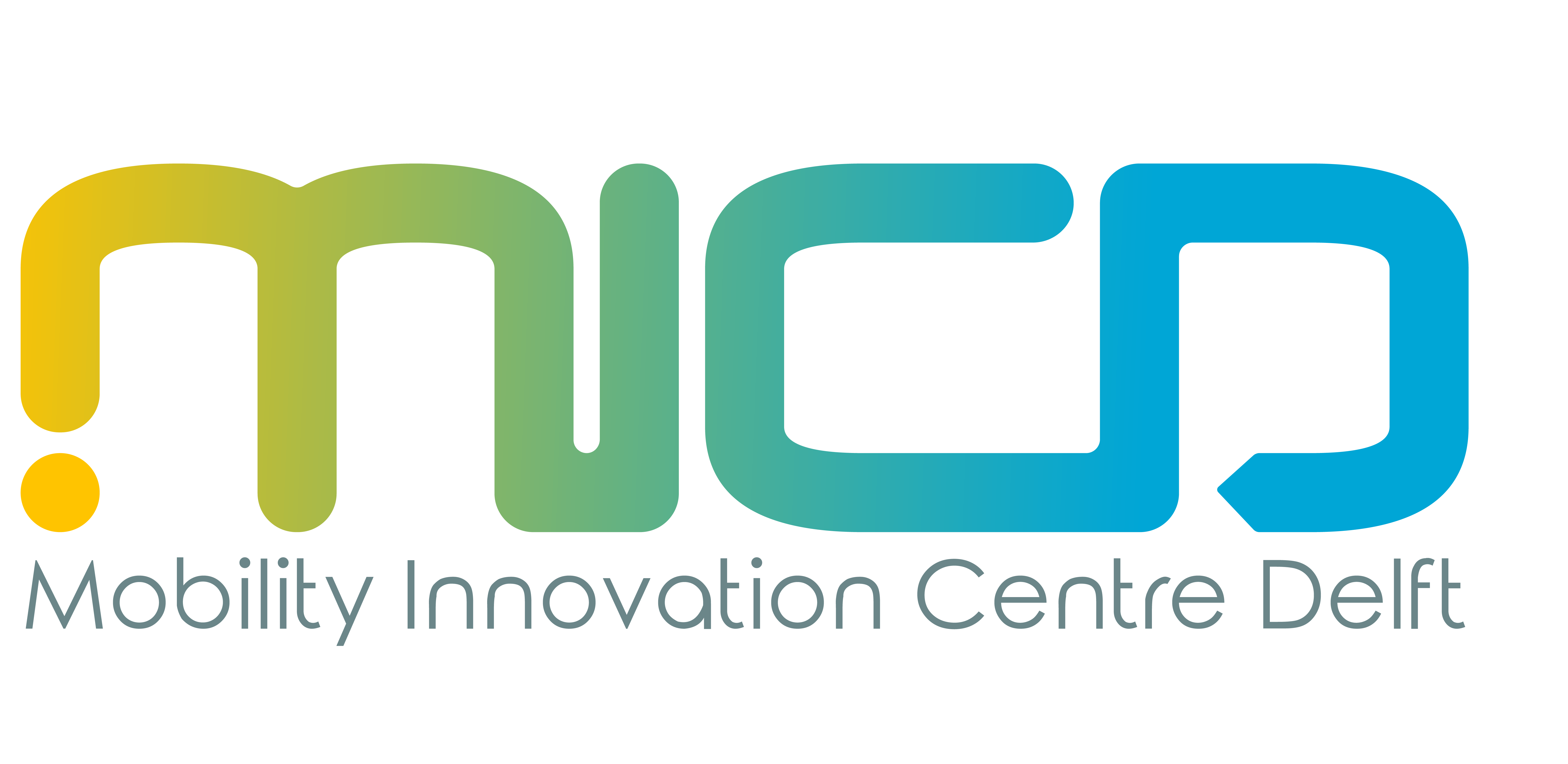The RDW sets strict requirements for vehicles to be allowed to drive on public roads. This is why it is challenging to conduct research into automated driving under realistic conditions, as automated research vehicles cannot or can barely meet these strict requirements.
If pilots are allowed on public roads, it is at low speeds and/or on segregated infrastructure. These locations and circumstances are not suitable for every type of research into automated driving. This certainly applies to research into the behaviour of occupants of highly automated vehicles. The MICD is realising the Autonomous Vehicle lab that can be used on public roads.
Leaseplan made an electric Nissan e-NV200 Evalia available to the MICD in order to conduct research into automated driving. The Nissan has been converted into the Autonomous Vehicle lab and is ready to be used for research. The car is driven by a human driver just like any other car and is therefore allowed to drive on public roads. This allows us to conduct research into in passenger behaviour in the highest form of automated driving under realistic conditions.
The vehicle is set up in such a way that the participant cannot see the driver and has the illusion of being in an automated vehicle. The participant sits behind the driver separated from the driver by wall. OLED screens are placed on both the separation wall as well as the side windows in the back. On the screens we project what the driver sees if he would looked through the front as well as the side windows of the car. The real time images are produced by several cameras that are located in such a way that the participant in the back sees what the driver sees to give him the impression that he is sitting in the driver seat.
The participant has no means (steering wheel or brake pedals) to operate the vehicle (level 5). At a later stage, a steering wheel and brake pedals can be installed in the vehicle (level 4) to investigate how and how quickly people make the transition to self-steering. Both the steering wheel and the pedals will be non-operational so the control of the vehicle remains in the driver’s hands.
Starting in summer 2021, we will deploy the equipped vehicle in the First/Last Mile from Delft Campus Station to TU Delft Campus to conduct experiments with passengers. We place a disclaimer with respect to the starting date. The starting date is under the assumption that research encompass within 1,5m is allowed by that time.
